- Laparoscopic & Endoscopic Products
-
Respiratory & Anesthesia
-
Oxygen Therapy
- Capnography Mask
- CO₂ Nasal Oxygen Cannula
- Elastic Head Strap Cannula
- Oxygen Mask with Swivel Connector
- Multi-vent Mask
- Non-rebreathing Mask
- Oxygen Mask with Adjustable Nose Clip
- Venturi Mask
- Nebulizer Mask
- Nebulizer with Mouth Piece
- Nebulizer Mask with Swivel Connector
- Tracheostomy Mask
- Nasal Oxygen Cannula
-
Airway Management
- Oropharyngeal Airway
- Nasopharyngeal Airway
- Laryngeal Mask Airway
- Tracheostomy Tube
- Endotracheal Tube
- Endotracheal Tube Introducer
- Intubating Stylet
- One-way Valve Mouthpiece
- Mucus Control Vacuum Valve
- Mucus Specimen Trap
- Mucus Extractor
- Mucus Extractor with Protective Sheath
- Disposable Aspirating Tube
- Anesthesia
- Closed / Open Suction Catheter
- Pressure Infuser
- ABC Mouthpiece and Filter Kit
- MDI Spacer
- Disposable Ezscope™ Pro Broncho
- Nose Clip
-
Oxygen Therapy
- Cardiothoracic Surgery
- Gynaecology
-
Urology
- CathVantage™ Portable Hydrophilic Intermittent Catheter
-
Cysto/Bladder Irrigation Set
- M-easy Bladder Irrigation Set
- B-cylind Bladder Irrigation Set
- S-tur Bladder Irrigation Set
- S-uni Bladder Irrigation Set
- B-uro Bladder Irrigation Set
- Premi Bladder Irrigation Set
- J-pump Bladder Irrigation Set
- J-tur Bladder Irrigation Set
- H-pump Bladder Irrigation Set
- Sup-flow Bladder Irrigation Set
- Maple Irrigation Set
- Peony Irrigation Set
- Nelaton Catheter
- Urinary Drainage Bag
- Urinary Drainage Leg Bag
- Enema Kits
- Sitz Bath Kits
- Click Seal Specimen Container
- Silicone Male Catheter
- Spigot Catheter and Adaptor
- Sandalwood Irrigation Set
- Freesia Irrigation Set
- Daffodil Irrigation Set
- Enteral Feeding Products
- Dental
- Fluid Management
- Warming Unit and Warming Blanket
-
Operating Room Necessities
- Pulsed Lavage System
- Magnetic Drape
- Suction Handle
-
General Surgery
- Perfusion Atomizer System
- Gastric Sump Tube
- Surgical Hand Immobilizer
- Administration Set for Blood
- Ear/Ulcer Syringe
- Bulb Irrigation Syringe
- Toomey Irrigation Syringe
- Mixing Cannula
- Basin Liner/Basin Drape
- Camera Handle Cover
- Light Handle Cover
- Medical Brush
- Sponge Stick
- Suture Retriever
- Needle Counter
- Disposable Calibration Tube
- Heparin Cap
- 100ML Bulb Irrigation Syringe
- Scleral Marker
- Surgical Light Handle
- Mucosal Atomization Device
- Durable Medical Equipment
- Patient Handling System
- Personal Protective Equipment
- PVC-FREE Medical Device
- Emergency
-
GCMEDICA Dispositifs médicaux jetablesJul 26 , 2024
-
GCMEDICA Dispositivos médicos desechables en EuropaJul 26 , 2024
-
GCMEDICA Disposable Medical Devices In EuropeJul 26 , 2024
-
GCMEDICA Disposable Medical Devices In North AmericaJul 26 , 2024
-
GCMEDICA Dispositifs médicaux jetables en EuropeJul 26 , 2024
Feeding Tube
A feeding tube, also known as a gavage or enteral feeding tube, is a medical device designed to provide nutrition to individuals who are unable to consume food orally or require nutritional supplementation. Commonly made from polyurethane or silicone, these tubes are inserted through the nose, mouth, or directly into the abdomen, leading to the stomach or intestines. The tube's placement, either temporary or permanent, depends on the patient's specific medical condition, such as difficulty swallowing due to neurological disorders, or the need for sustained nourishment in chronic illnesses. Tube feeding, or enteral nutrition, can also administer fluids and medications, with tube types including nasogastric (NG tube), gastrostomy (G-tube/PEG-tube), and jejunostomy (J-tube/PEJ-tube). G-tubes and J-tubes, used for long-term care, require surgical insertion, unlike the temporarily placed NG tubes. Feeding tubes vary in diameter, measured in French units, to accommodate different patient needs.
Type Of Feeding Tubes
We provide high-quality enteral feeding tubes and accessories, available with different styles, materials, and specifications.
Why is Feeding Tube used?
Tube feeding, or enteral nutrition, is a medical intervention utilized when individuals face challenges in obtaining adequate nutrition orally. This approach is particularly applicable in cases where the gastrointestinal tract is functional but oral intake is compromised due to various health conditions. Key indications for tube feeding include:
| Condition | Description |
| Gastrointestinal Dysfunction | Conditions affecting the digestive system, hindering the normal process of food intake and absorption. |
| Head and Neck Cancers | These cancers can impede swallowing or necessitate throat surgery, rendering oral feeding difficult or impossible. |
| Obstructed Bowel | Gastrointestinal issues where blockages prevent normal digestion and absorption of food. |
| Neurological Disorders | Ailments like stroke or paralysis, which may impact the ability to chew, swallow, or manage oral intake. |
The objective of tube feeding is to maintain adequate nutritional status, vital for weight maintenance, recovery facilitation, treatment responsiveness, and independence preservation. Undernutrition, commonly referred to as malnutrition in the medical community, is a significant concern. It arises from inadequate oral intake or the body's inability to utilize ingested nutrients effectively, leading to various health complications.
Healthcare professionals may recommend tube feeding in circumstances such as:
Chronic illnesses or diseases
Pre-operative and post-operative situations
Recovery phases from illnesses or surgeries
While initially overwhelming, tube feeding can substantially enhance quality of life by ensuring the necessary nutritional intake, especially in those unable to meet their daily needs through conventional eating.


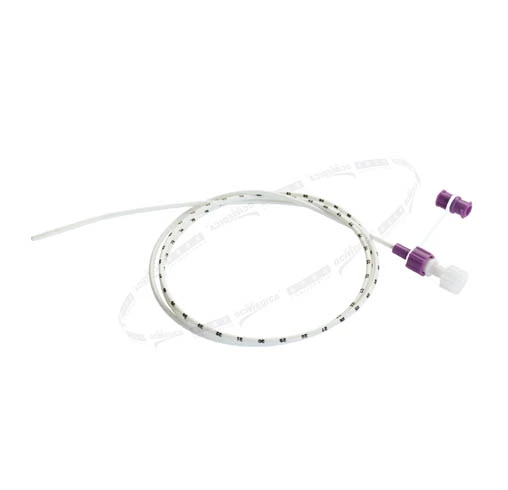
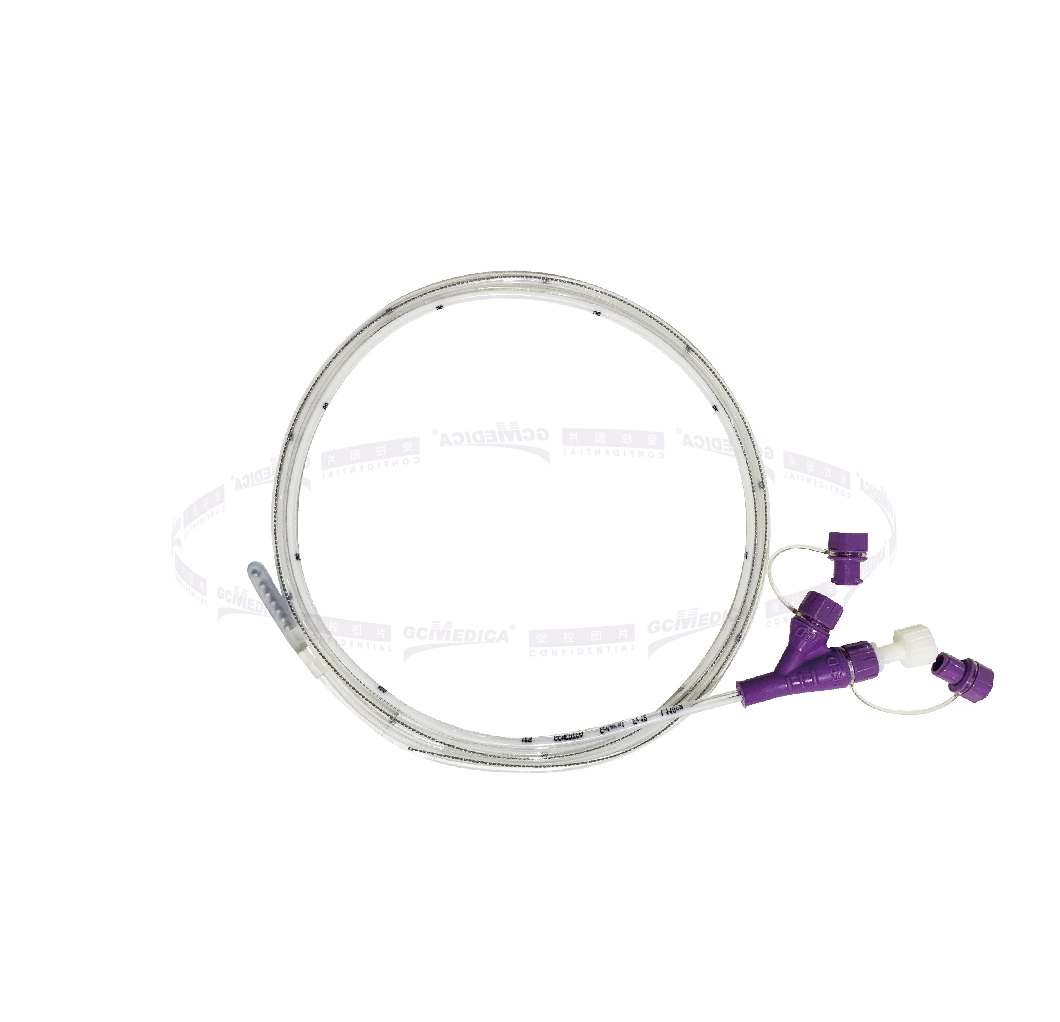
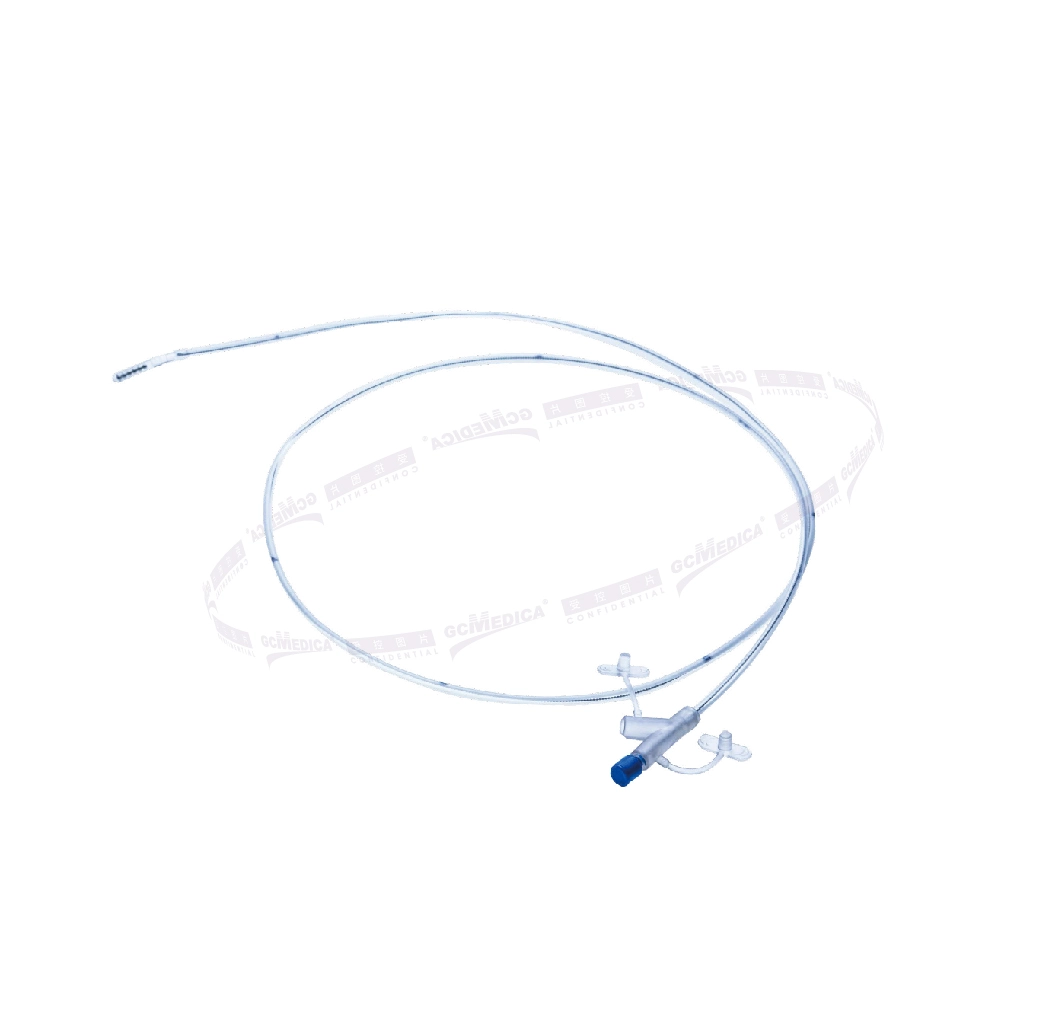
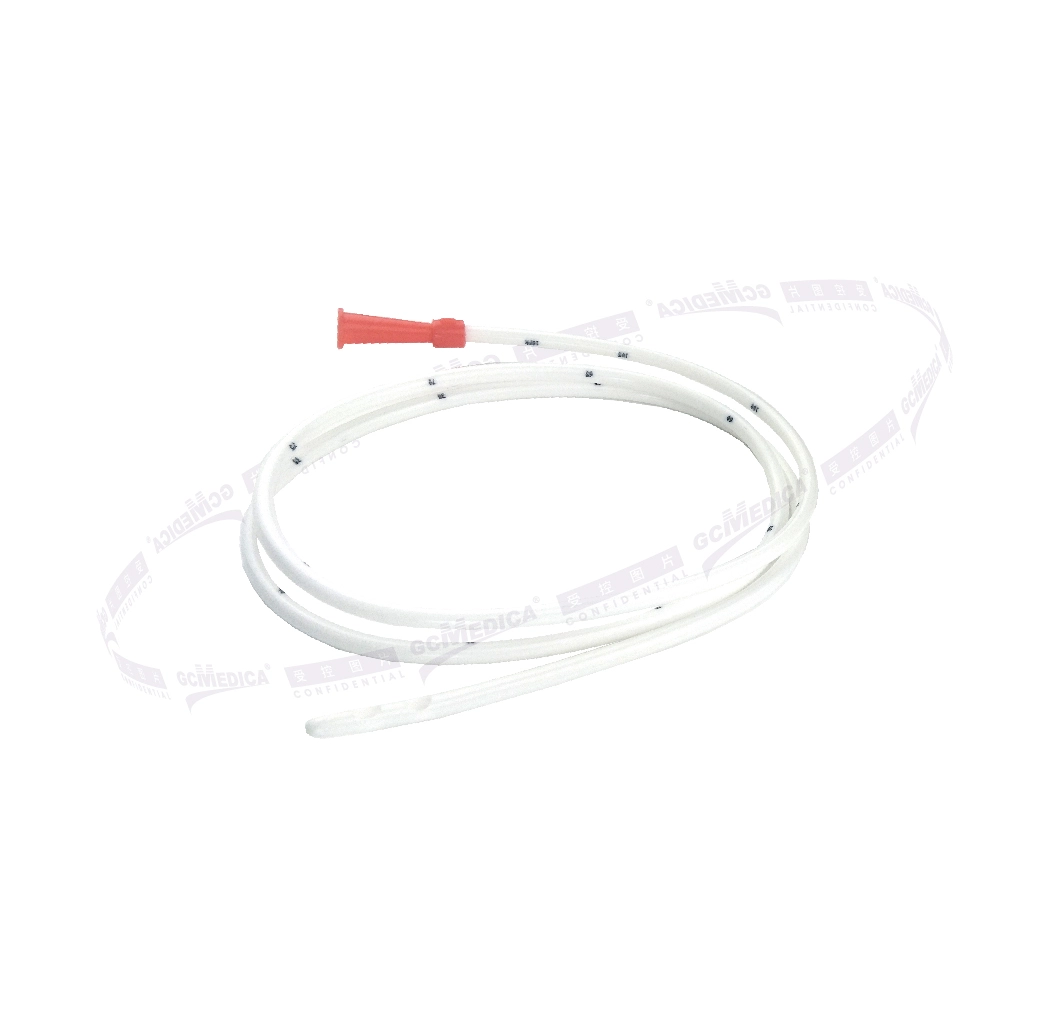
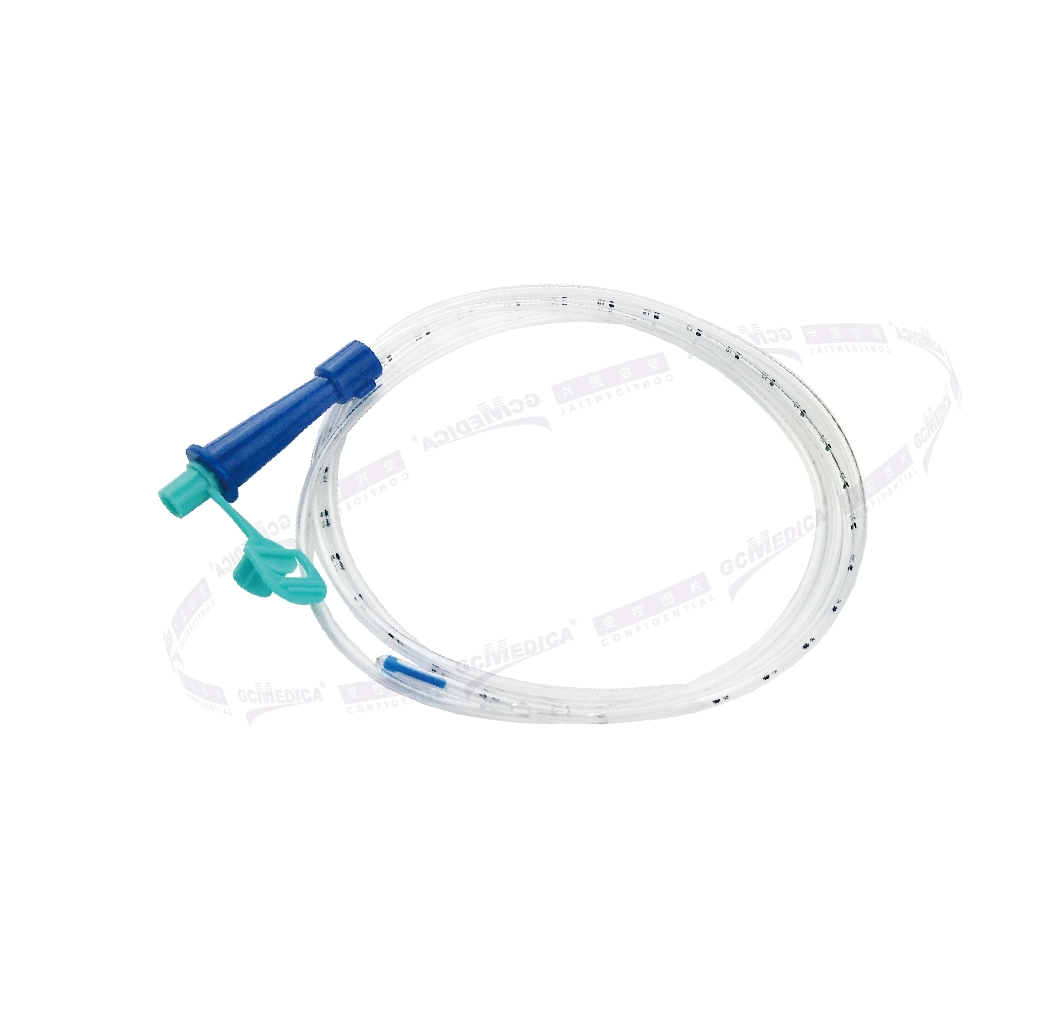

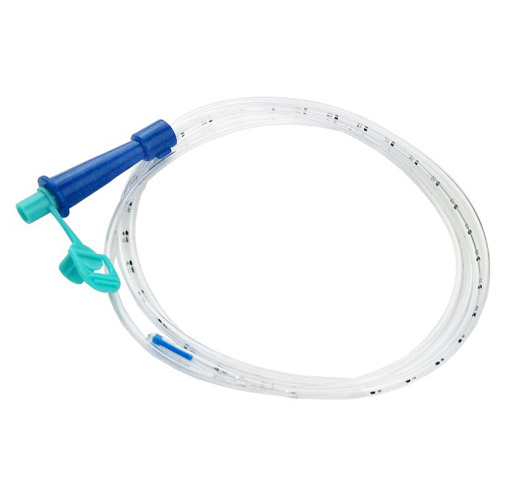 +
+
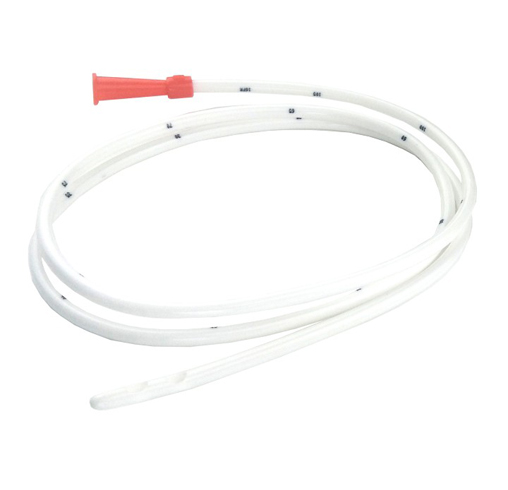 +
+
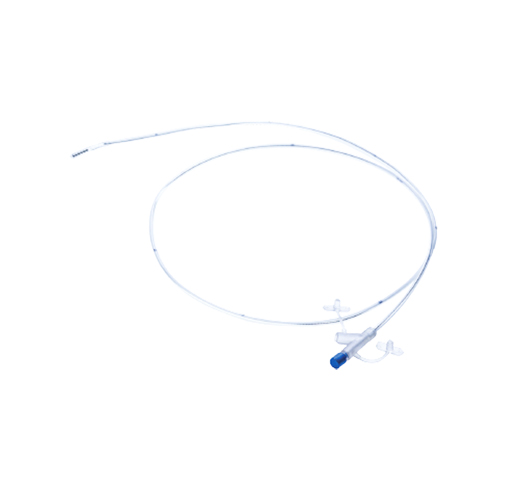 +
+